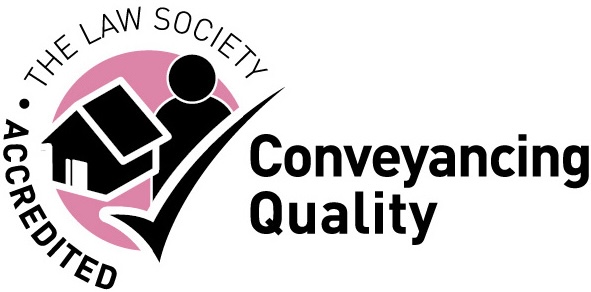If you are buying a property, you probably know that it is always recommended that you have a survey carried out, but you might not know exactly what sort of survey you need. We take a look at the different types of surveys available and when they are used.
A survey is important when buying a home to ensure that your investment is sound and that there are no nasty surprises waiting for you. As well as identifying major problems, a survey can note smaller issues that may need attention in the future and make recommendations for keeping the property in good condition.
You are advised not to simply rely on your mortgage lender’s valuation, which is likely to be very cursory. By paying for a proper survey, you will have the security of knowing exactly what you are buying. If problems are identified, it is open to you to try and renegotiate the price with the seller to take into account the cost of the works needed.
You can also speak to the surveyor before they carry out their inspection if you have any particular areas of concern that you would like them to look into.
The main types of survey are offered by surveyors registered with the Royal Institution of Chartered Surveyors (RICS) and the Residential Property Surveyors Association (RPSA), as follows:
RICS Home Survey Level 1
This is a very basic survey, formerly known as a Condition Report. It is not detailed and does not give any advice or provide a valuation of the property. The surveyor will look at the building, the utilities and the outside area and note problems and risks but will not look into closed areas such as the roof void.
You might want to choose this survey if you are confident that the property is in good condition and it is a modern building with conventional construction.
RICS Home Survey Level 2
A Level 2 survey was formerly known as a Homebuyer Report or Homebuyer Survey. The surveyor will carry out the same work as for a Level 1 survey but will also inspect the roof void and any cellar area.
Advice on repairs and future maintenance will be given. If the surveyor has concerns, they will recommend engaging an expert to examine them. If they identify work that is needed, they will provide an estimate of the cost of this. You can add a valuation to this type of survey, which will be both the market value and a figure for insuring the property.
This is a common choice for many property buyers and is suitable for properties that are not old, that are of conventional construction and that are in good condition. If you intend to make substantial alterations or add extensions, you may want to consider a more in-depth survey.
RPSA Home Condition Survey
This is similar to an RICS Level 2 survey. It will include notes on points such as boundaries and broadband connectivity, which may need checking further.
RICS Home Survey Level 3
A Level 3 survey was formerly known as a Building Survey and is commonly referred to as a full structural survey. It is a lengthy and in-depth survey and the surveyor will provide a comprehensive report on the visible and accessible areas, both inside and out.
Property defects and hazards will be listed and you will be given advice on the repairs and maintenance needed, along with costs and time estimates. The surveyor will also list in order of priority any work needed. Previous structural work will be noted in the survey.
This type of survey is recommended for properties over 50 years old, listed buildings, properties in poor condition, those with unconventional design or build and properties that will be renovated or extensively altered.
RPSA Building Survey
An RPSA Building Survey is the most detailed condition report offered by the RPSA and is similar in depth to the RICS Level 3 survey. It has comprehensive details about any defects and the property construction as well as information about remedying defects. It also notes the risks of not carrying out recommended repairs.
Contact us
If you would like to speak to one of our expert property lawyers, ring us on 0333 3055 189 or email us at info@lpropertylawyers.co.uk
